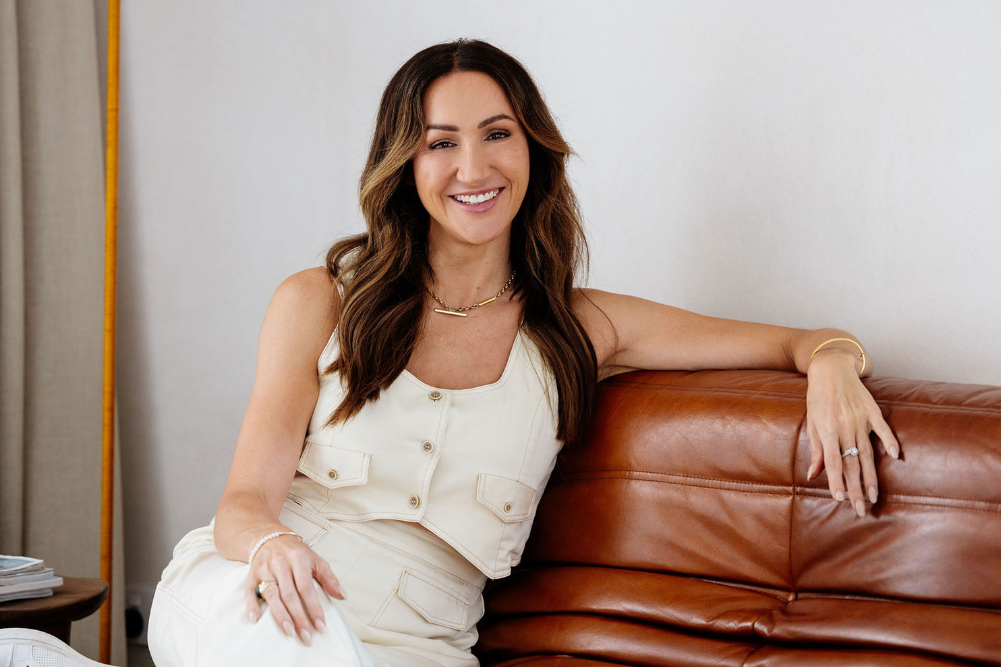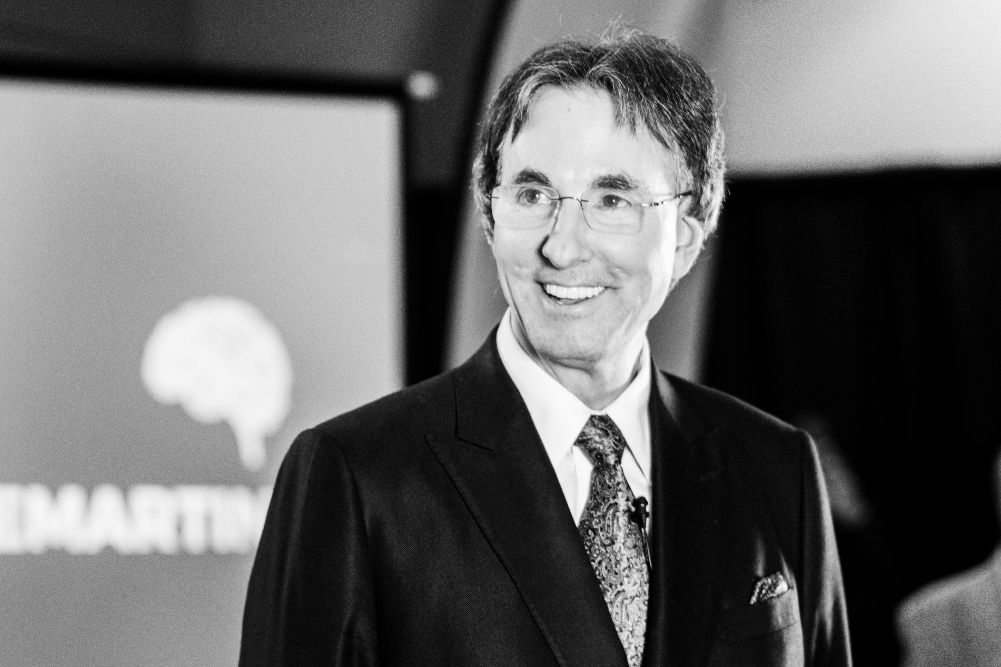Activist Joanna Macy’s acts of hope
I’m astounded. Not only does Joanna Macy, the Buddhist activist, author and workshop facilitator in her mid-80s remember me from the residential training of hers I undertook eight years ago, but she also recalls our conversation. Age notwithstanding, it would be a remarkable feat for anyone in Macy’s shoes. She meets thousands of people each year during her back-to-back schedule of lectures, workshops, media engagements and trainings across the Americas, Asia, Europe and Australia.
With the familiar, deep laugh, uncontainable exuberance and searing insights crackling down the phone line from her home in Berkeley, California, and a new book hitting the shelves, it is clear that Macy is as passionate and committed as ever to her work of helping people face the earth’s deepening ecological and social crisis with courage and creativity.
At its core, Macy’s work addresses the psychological and spiritual issues of our current world situation, the cultivation of ecological awareness and the resonance between Buddhist thought and contemporary science. It is a career that has taken her on many journeys, both physical and spiritual, from Chernobyl to Tibet, into ancient Buddhist teachings and contemporary cosmology. It has spanned both scholarship and grassroots activism for countless peace, justice and ecology campaigns over five decades. But it’s for the development of a pioneering body of experiential group work that she is best known.
Action for the greater good
Drawing on spiritual traditions, the natural world and living systems theory, known collectively as the Work That Reconnects (WTR), the group processes Macy developed in the late 1970s aim to transform despair and apathy in the face of social, ecological and economic crises into constructive, collaborative action. Since the inception of Macy’s WTR workshops, which range from a half day to 30-day intensive trainings, the tens of thousands of people who have taken part typically report renewed motivation, courage and solidarity for contributing to change.
These are all attributes of what Macy calls “active hope”, the subject of her seventh and most recent book, Active Hope: How to face the mess we’re in without going crazy. “There is a globalised assumption that optimism is a key ingredient in positive results,” she says. “Hope is seen as some kind of possession you need before you can do anything, but this can be a trap if it means needing assurance that our efforts will be bound by success.
“What I call ‘active hope’ is not a possession but something you do. It’s the steps you take, the reaching out of your hand, the opening of your heart and mind and engaging in action, even if you’re not feeling particularly hopeful.”
Never shy of controversy, Macy reflects that it’s often people who don’t cling to hope that she finds most inspiring. “The people who have most moved me by their total determination and arduous work for the sake of life on Earth, I look in their eyes and can see they’ve gazed over the edge — they recognise the way things are going and the fact that it could be curtains — but this realisation does not stop them. In fact, it seems to bear no relation to the energy, vision and intelligence that they bring to their work for change.
“Hopefulness and hopelessness are similar feelings; they come and go. There are moments when I see no reason to hope, and moments when I feel jubilant, but underneath all that the energy of commitment stays.”
It’s a piece of wisdom to be seriously contemplated, coming from a woman whose long life has sustained a vow she made as a teenager to be of service to the greater good.
Awakening of an activist
Growing up the daughter of a strict Presbyterian minister, Macy found herself in the pulpit when she was 17 at youth Christian camps and dreamt of becoming a missionary. She studied Biblical History at college, despite her conservative father’s refusal to fund her education, until a crisis of faith forced her to turn her back on the church.
Soon after, she met her husband, diplomat Francis Macy, and found herself in an existential crisis of another kind as a housewife and mother of three in the repressive 1950s. The couple moved between Asia and Africa for Fran’s work and it was during a stay in India that Macy was introduced to the Buddha Dharma. It became an integral part of her life. Inspired to build bridges between Buddhism and Western thought, Macy wrote a PhD on the nexus between Buddhism and the properties of living systems. She lived in experimental communal share-houses with her family and engaged deeply in her studies, and her passion for life returned.
It was during this time that Macy experienced an environmental awakening, driven by deep grief and anger at the nuclear industry. The grim realisation of the sheer amount of radioactive contamination generated at every stage of the fuel cycle, and by how long into the future it would cause mutations, cancers and death, led to her involvement in the Nuclear Guardianship Project. This citizen movement continues to work for the closure of all reactors and for ongoing care of the radioactive remains.
The campaign also allowed Macy to observe the role that despair, anger and other so-called “negative” emotions play in either disempowering or empowering people to act for change. After she published an article entitled How to deal with despair, she began receiving invitations to run workshops on the theme and discovered that when people opened up to their pain for the world, they began to sense a deeper connection with life. It remains a central tenet of her work today.
“Recognising and expressing our emotional responses to what’s happening to the world is essential if we’re going to come alive and not just be obedient passive tools,” Macy says. “Our culture teaches us to pathologise pain and be afraid that if we open to it we’ll be stuck in it, but the opposite is true — we’re only stuck when we refuse to experience it.”
Pain and connection
Through rituals and processes that “honour our pain for the world”, Joanna’s group work seeks to reframe emotions such as fear, emptiness and anger as evidence of our interconnectedness with all beings. “When you find yourself enraged or heartbroken or wet with tears; when you see you’re capable of feeling deep dread and outrage and sorrow: we can see that pain as evidence of our inter-existence with all life forms, as proof that we are woven into the tapestry of life at the deepest and most intricate level.
“Of course, we suffer when our world is suffering. Once people experience that and are witness to that, then they know it as a sign of love for their world and are therefore less easily stopped.”
To help this happen, Macy says she and her colleagues have spent the past 30 years developing experiential practices. “We might start by slowing the mind to the tempo of body and breath. Then we engage the imagination to help ourselves absorb what science and news reports tell us about the world. We write and speak from the perspective of past and future beings. We improvise roleplays, especially about the future. For example, we may enact how people, centuries from now, might encounter and relate to the remains of a nuclear power station. This use of the moral imagination can bring a strongly felt connection with the ancestors and future beings, almost a sense of their surrounding us like a cloud of witnesses.”
Connection in all its forms is at the heart of Macy’s teachings. Increasingly, she is seeing a strong link between the epidemic of social isolation and loneliness in Western culture, and political apathy. “Loneliness is not only ineffectual, and painful, it’s also dangerous because lonely people can be much more easily scared, more obedient. When we’re isolated it’s much harder to have the courage to resist the hugely powerful messages of the industrial-growth society. It takes a lot of confidence if you’re going to keep that from mentally and morally soaking through the sponge.
“During our recently held presidential election (in the United States), there was no mention made of war or climate change — an assumption on the part of leadership that they can limit what we think about,” Macy says. This is why it’s absolutely essential to turn to each other for telling the truth of what we see and feel happening in the world.
“The Buddha said, ‘Calm and feel your own experience.’ In other words, don’t take anyone’s word, but know something to be real by what you experience for yourself. We can be liberated into reclaiming our autonomy that is deeply woven in the tissues of all biological and ecological life. Then we see how brave people can be when they start to believe and act on what they know to be true.”
Deep ecology
Macy made many trips to Australia in the 1980s, where her work with rainforest activists helped galvanise another key arm of her experiential work, that of “deep ecology”. Contrasted with the type of environmentalism that protects natural resources for human interests, deep ecology seeks to decondition us from centuries-old anthropocentrism and heal our broken relationship with the natural world.
According to Macy, if we truly know our place as one strand in the web of life, we become more resilient and open to new ways of seeing and being. “Deep ecology invites us to look at life on Earth from a natural systems perspective, and in this way we learn how life forms or campaigns or societies emerge synergistically. It lets us be open to outcomes, knowing that working with others will bring forth developments that we could not have foreseen.
“It helps us simply follow what motivates us most deeply — the call we can hear most clearly — and trust in the uncertainty, knowing we are never separate from life.”
Macy asserts that coming from a “systems” perspective and having a sense of “deep time”, an acknowledgment of our billions-of-years-long evolutionary journey, can help frame our actions in a larger context, neither diminishing their import nor inflating them.
“The mechanistic paradigm underlying the industrial-growth society gives way to the realisation that we belong to a living, self-organising cosmos. General systems theory, emerging from the life sciences, brings fresh evidence to confirm ancient, indigenous teachings: the Earth is alive, mind is pervasive, all beings are our relations. This realisation changes everything. It changes our perceptions of who we are and what we need, and how we can trustfully act together for a decent, noble future.”
Hope and gratitude
Rather than focus on the destruction of our biological, ecological and social systems (what Macy calls “The Great Unravelling”), she urges us to focus on a different story, that of “The Great Turning”. Calling it “the essential adventure of our time”, she says The Great Turning refers to this epochal transition point in history, when we are shifting from an industrial-growth society to a life-sustaining society. It relies on the assumption that we already possess the technical knowledge, the communication tools and material resources to grow enough food, ensure clean air and water and meet rational energy needs.
Identifying with this story is what Macy believes will garner our greatest resolve and our most active hope. “Active hope means I’m glad to be alive at this time when my skills are so needed. Even if we don’t make it, and The Great Unravelling proceeds too quickly, we can be grateful that we were here giving it our best shot, in the company of many other bodhisattvas, warriors for life on Earth.”
Asked to name one daily practice to help keep the flames of active hope burning, Macy is unequivocal. “I give thanks every day for the gift of life, for the elements that sustain it and for my part in nourishing and sustaining the Earth with a spirit of celebratory love for life and gratitude.”
Claire Dunn is the author of My Year Without Matches: Escaping the City in Search of the Wild, available in bookshops and online.







